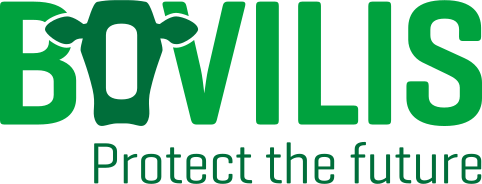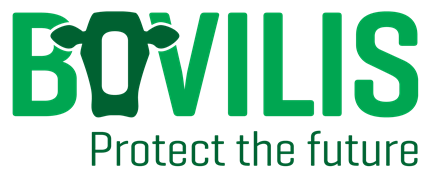
What is it?
Bovilis Nasalgen®-C is an intranasal live vaccine which can be used for active immunisation of calves from the day of birth onward to reduce clinical signs of upper respiratory disease and nasal viral shedding from infection with Bovine Coronavirus (BCoV).
It allows farmers and veterinarians to safely and effectively administer protection against BCoV in a single intranasal vaccination that can quickly reach the site of action. The onset of immunity starts five days after administration, with a 12-week duration. Bovilis Nasalgen®-C is available to use concurrently with Bovilis INtranasal RSP® Live.
Why use it:
BCoV is quite prevalent in Irish herds, featuring strongly in calves and is much less prominent in older animals. It likes having a partner in that it is frequently co-detected with other BRD viruses such as Bovine Respiratory Syncytial Virus (BRSV) and Parainfluenza-3 Virus (PI3).
BRD is the most significant cause of deaths among calves greater than one month of age. BRD has a huge negative impact on growth and performance of both beef and dairy animals. Therefore, Consequences of the disease can manifest later in life with decreased milk production in the first lactation and decreased daily weight gain. For example, a dairy heifer calf can produce up to 120 kg less in her first lactation while beef animals can take up to 2 months longer to finish.
How to use:
Route of Administration: Intranasally
Dose: 2 ml
Bovilis Nasalgen®-C can be given to calves from the day of birth. Vaccinated calves will have protection against respiratory BCoV within 5 days of vaccination. The duration of protection against this virus is 12 weeks.
Bovilis Nasalgen®-C can be used concurrently with Bovilis INtranasal RSP® Live, which offers protection against both BRSV and PI3. Both can administer from the day of birth. 2 ml into either nostril.

Related Video
To activate the video player please allow cookies in category ‘Performance and Operation’ and refresh this page.
Related Articles
- Technology for Profit competition #TimeForTech
 We’re looking for Irelands most innovative dairy farmers! #TimeforTech Following the success of our Prevention for Profit campaign we’re excited to launch the “Technology for Profit” competition for 2025.
We’re looking for Irelands most innovative dairy farmers! #TimeforTech Following the success of our Prevention for Profit campaign we’re excited to launch the “Technology for Profit” competition for 2025. - Flies – Nuisance by name, nuisance by nature
 With temperatures slowly on the rise, next on the agenda – fly season. Impact on production and spread of disease Anyone who has worked with cattle during the summer months needs little reminding of the annoyance which flies can cause. They can be responsible for a state of unrest in the parlour for both cows … Read more
With temperatures slowly on the rise, next on the agenda – fly season. Impact on production and spread of disease Anyone who has worked with cattle during the summer months needs little reminding of the annoyance which flies can cause. They can be responsible for a state of unrest in the parlour for both cows … Read more - Reducing Abortion Rates in Your Flock: Enzootic Abortion of Ewes and Toxoplasmosis
 Eleanor Brady, MVB MRCVS, Ruminant Veterinary Manager, MSD Animal Health Many Irish flocks will experience a few abortions each year, but how many abortions is too many? Targets for abortion and overall empty rate are set at <2% and <5% respectively, although many flock owners accept rates higher than this. Approximately one third of lamb … Read more
Eleanor Brady, MVB MRCVS, Ruminant Veterinary Manager, MSD Animal Health Many Irish flocks will experience a few abortions each year, but how many abortions is too many? Targets for abortion and overall empty rate are set at <2% and <5% respectively, although many flock owners accept rates higher than this. Approximately one third of lamb … Read more
Sign up to Bovilis® product and event information

MSD Animal Health
Red Oak North, South County Business Park, Leopardstown,
Dublin 18, Ireland
vet-support.ie@msd.com
PHONE
CATTLE DISEASES




